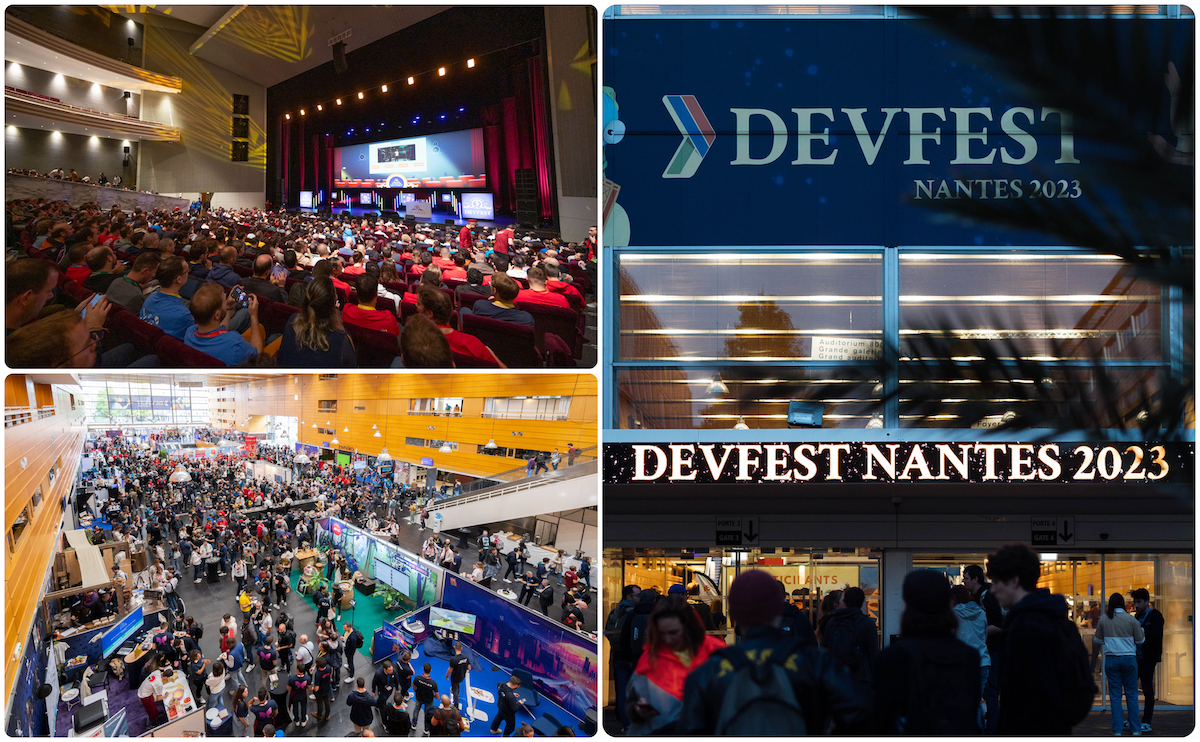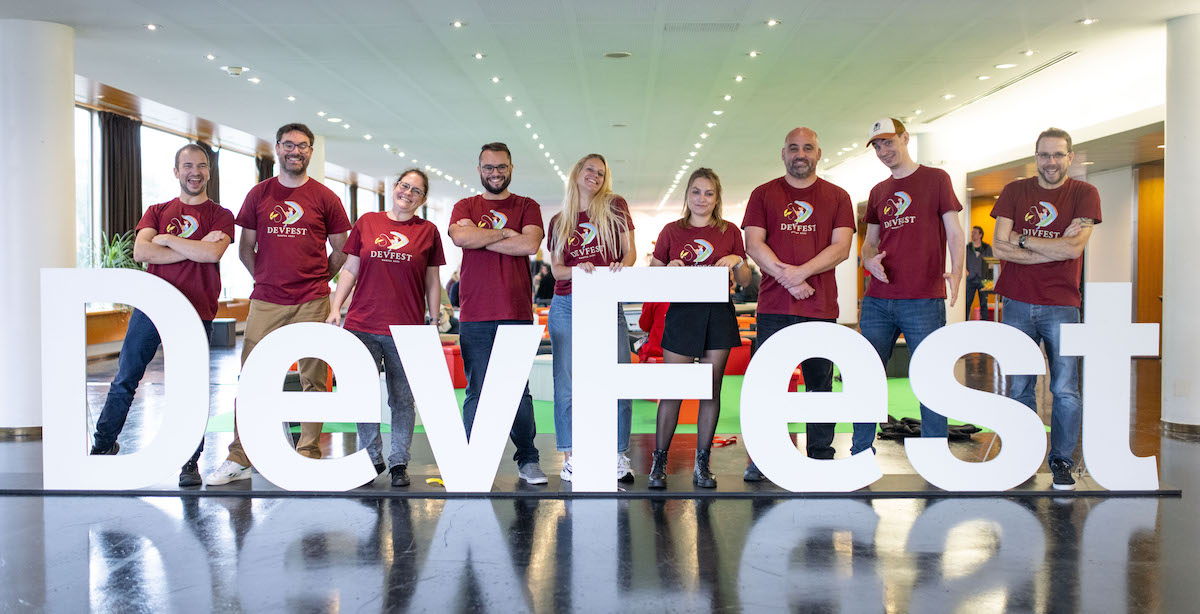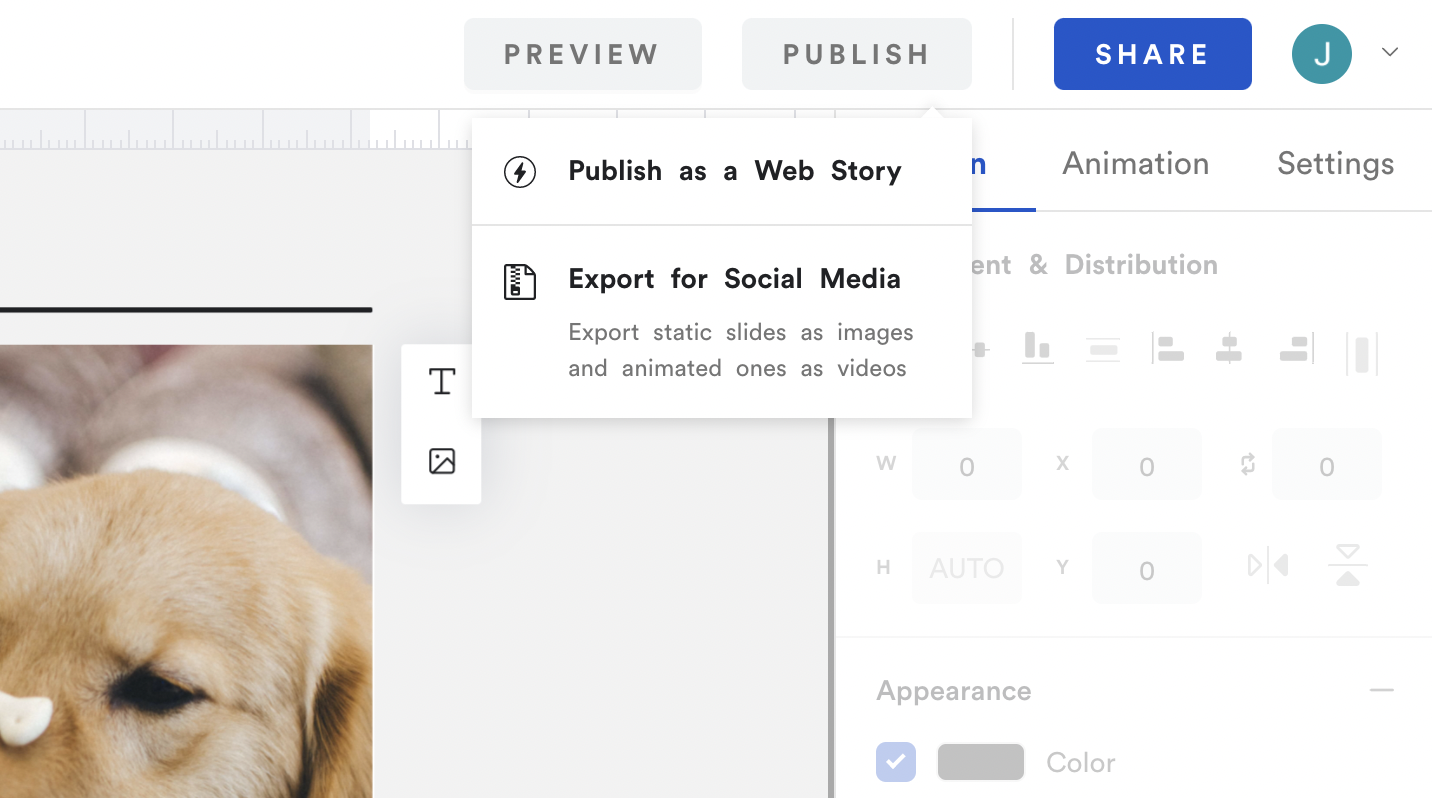Making a million dollars with Remotion
We look at and root for the people that build stuff with Remotion all the time. Every once in a while, we come across some astounding success stories out of the blue!
Here are 5 examples of projects that really took off and became incredibly successful in a short amount of time – we're talking millions.
We are just including projects that are open about their revenue and using Remotion.
While we cannot verify their claims about money, we'll link them.
Submagic - a million per year after 3 months
The rise of Submagic, an AI shorts tool has been nothing but mesmerizing.
According to them, they reached $1M ARR (annual recurring revenue) only 3 months after launching – that was in 2023.
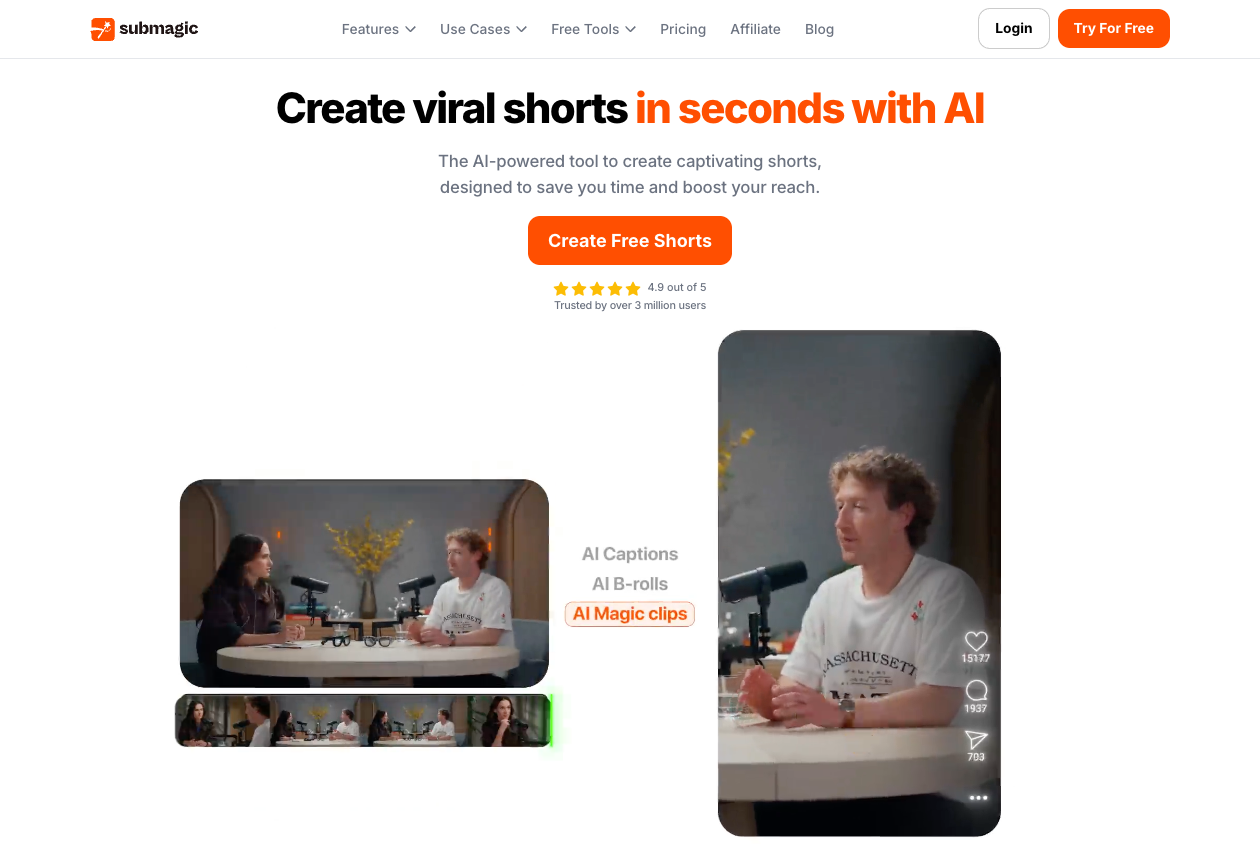
Probably they've left that mark far behind already now, as they've amassed over 3 million users by now with smart marketing, a sharp pitch and a simple to use, polished product.
AIVideo.com - $1M per year
Focusing on creating professional quality videos using AI, AIVideo.com reached the magic milestone of $1 million revenue per year in less than a year.
We like that they don't just focus on shorts, but lengthy landscape videos and that they manage to actually make the quality good!
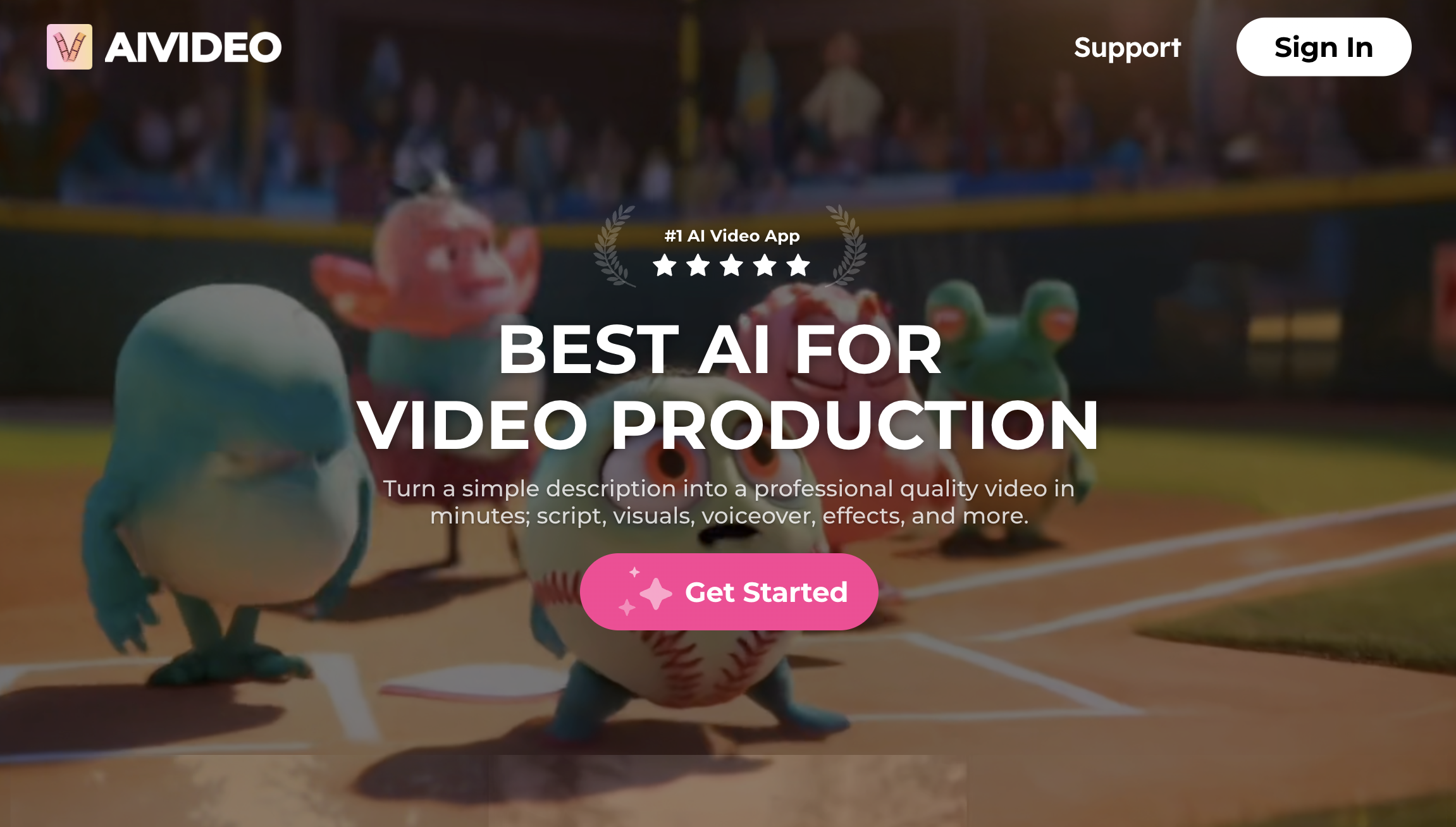
Revid.ai - $1M ARR in 15 months
Revid.ai is an AI-powered video creation platform that focuses on helping users create engaging short-form content quickly and efficiently.
According to Tibo, the founder, Revid managed to reach $1M ARR in just 15 months.
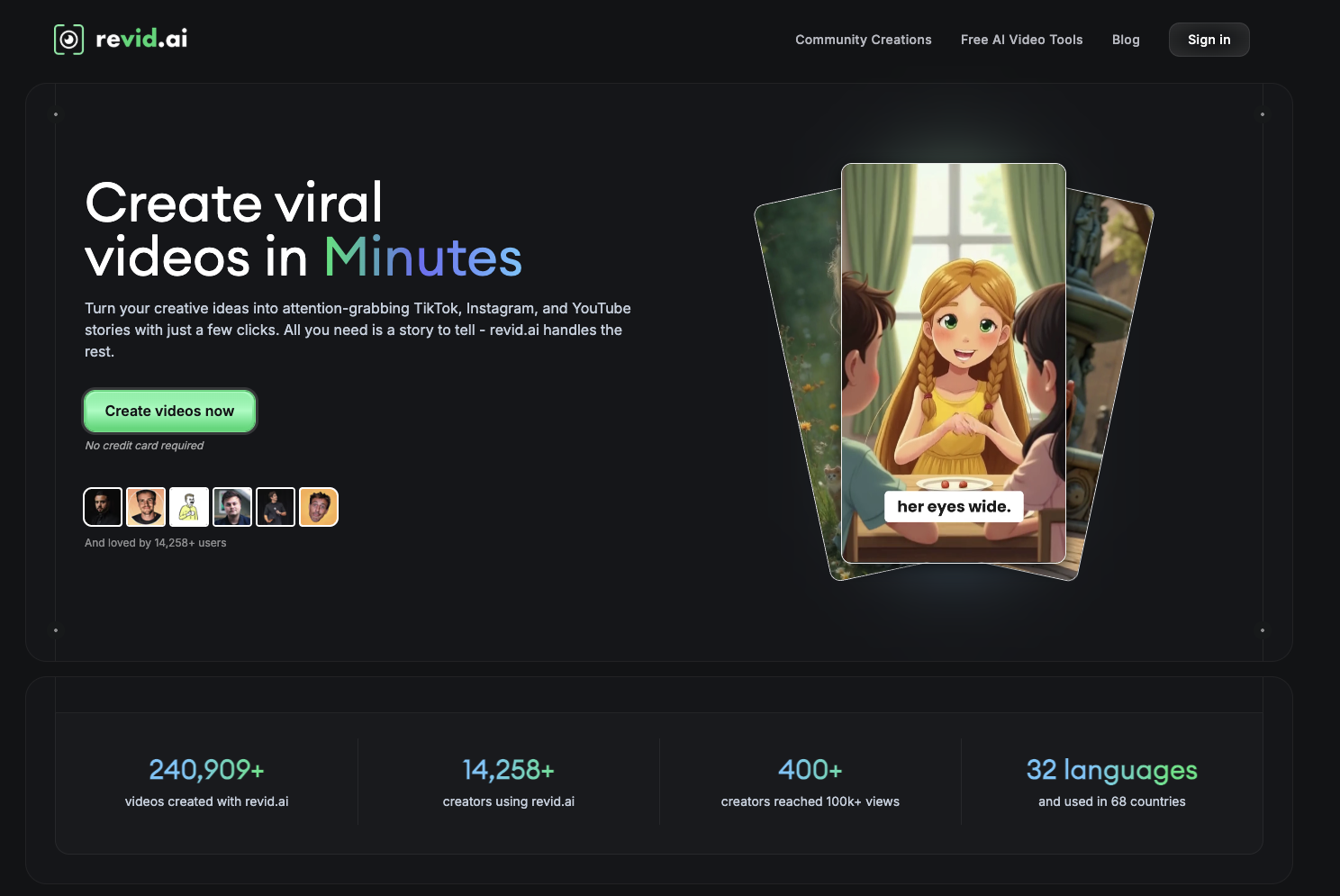
Icon.me - The viral $5M ARR Ad Maker
Icon first caught our attention only just about when they launched their product with a brilliant intro video that went extremely viral.
Since then, they had an unstoppable rise and crossed the $5M annual recurring revenue barrier in just - hold your breath - 30 days.
That's probably the record for how quickly a Remotion product has grown.
Crayo.ai - $6M per year with video stories
Promoting to the massive audience of influencer Musa Mustafa, him and Aleem Rehmtulla managed to turn their video stories generator Crayo into a huge business quickly after launching it.
When financial success changes your life quickly, you're not safe from conflicts. That's how we heard about how big the business actually is - generating over half a million dollars per month.
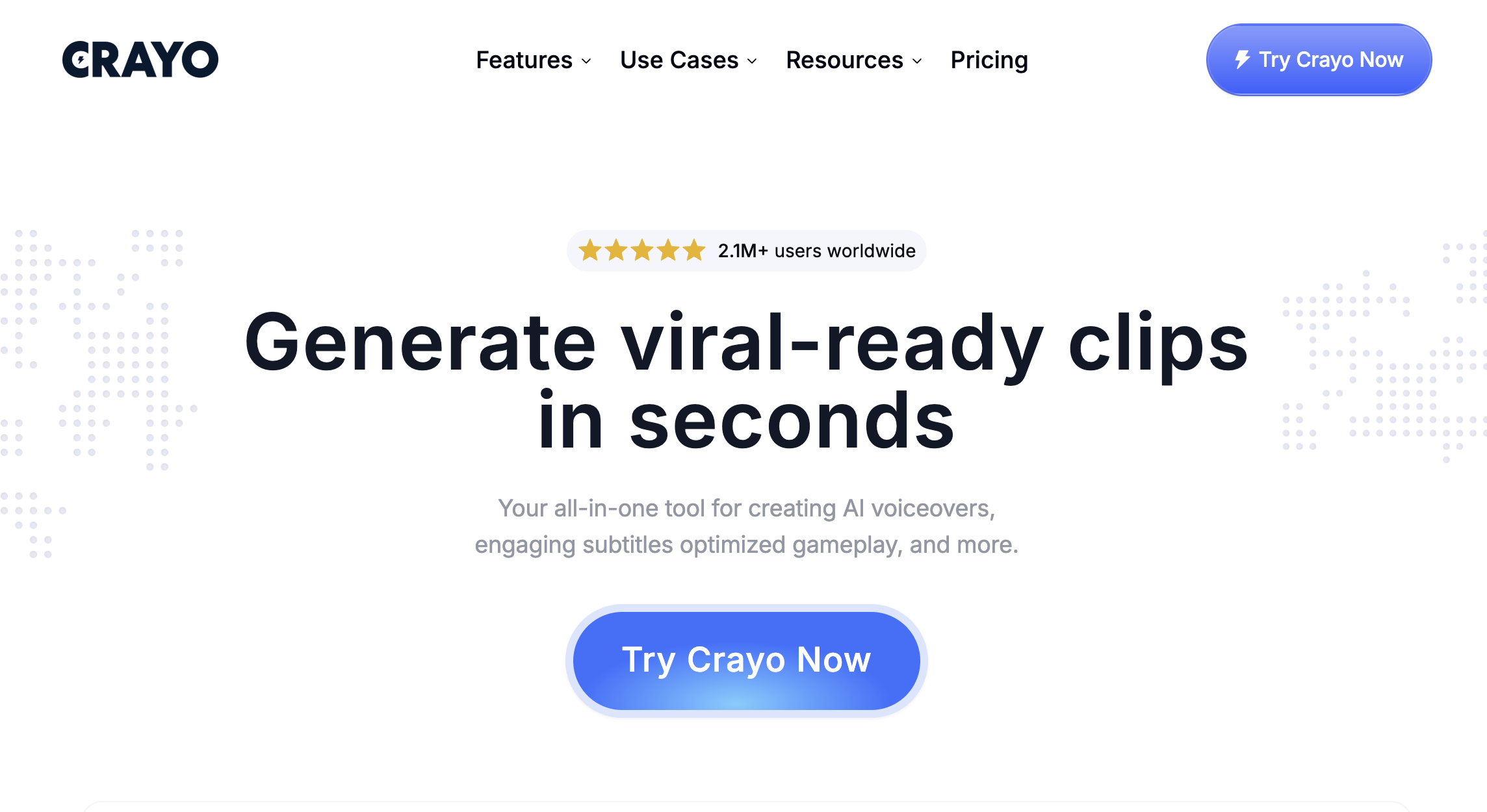
Looking past the drama, we are impressed what the teenage founders managed to build and achieve in such a short time. With over 2 million users, they found traction that goes beyond way just the audience they had initially.
You can build with Remotion too!
We cannot help you with the business side of starting a product - actually if we knew how big it can go, we'd have been more business-savvy with our licensing!
However, we can provide you with a solid foundation for starting your video app.
These companies all have one thing in common: They use the same tools that we make available to you as well.
We help them on our support channels just like we help you when you need technical help. You'd be surprised how little communication we have with some of these companies and how much they achieve just off the things we put out in public.
Start your idea today with npx create-video@latest – we are rooting for your success.


